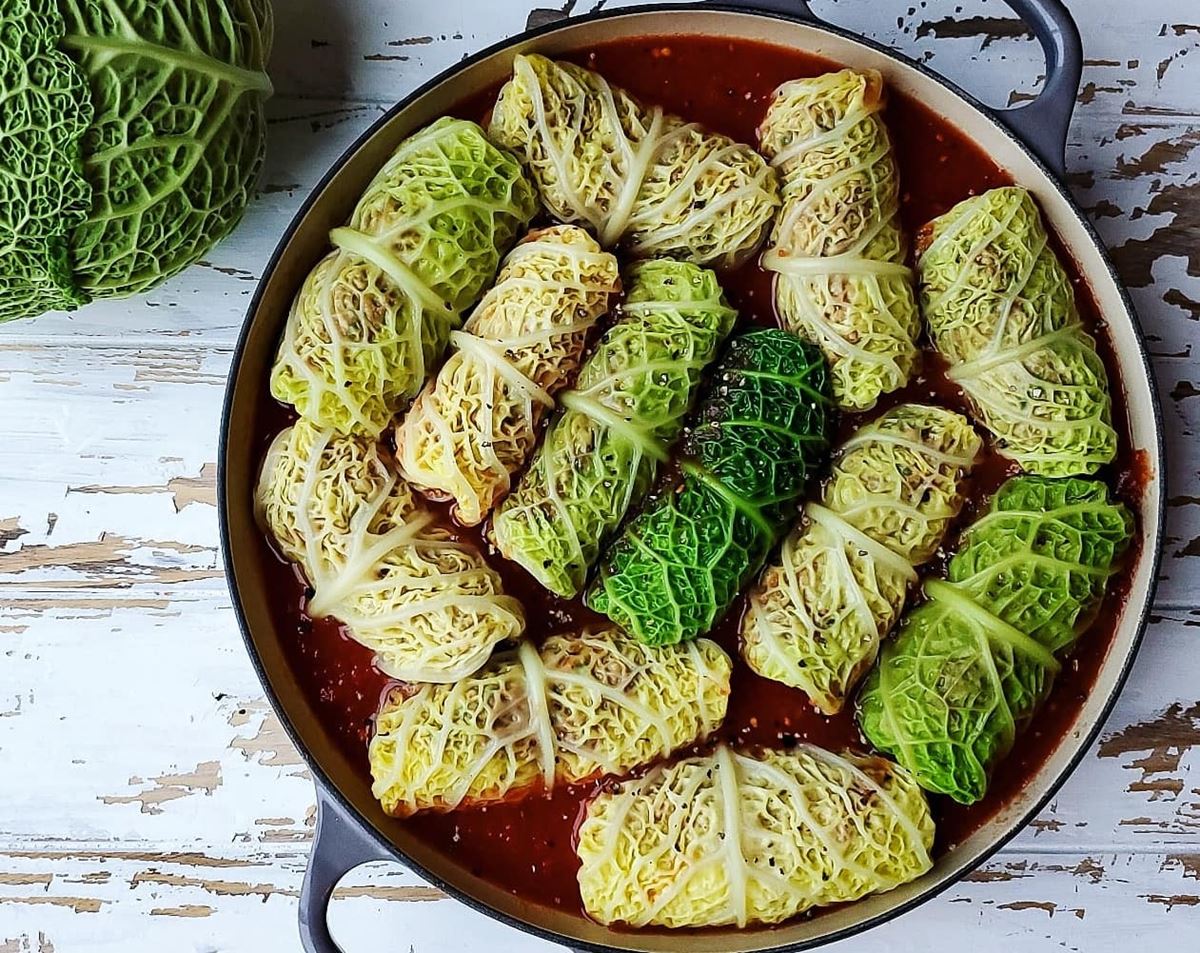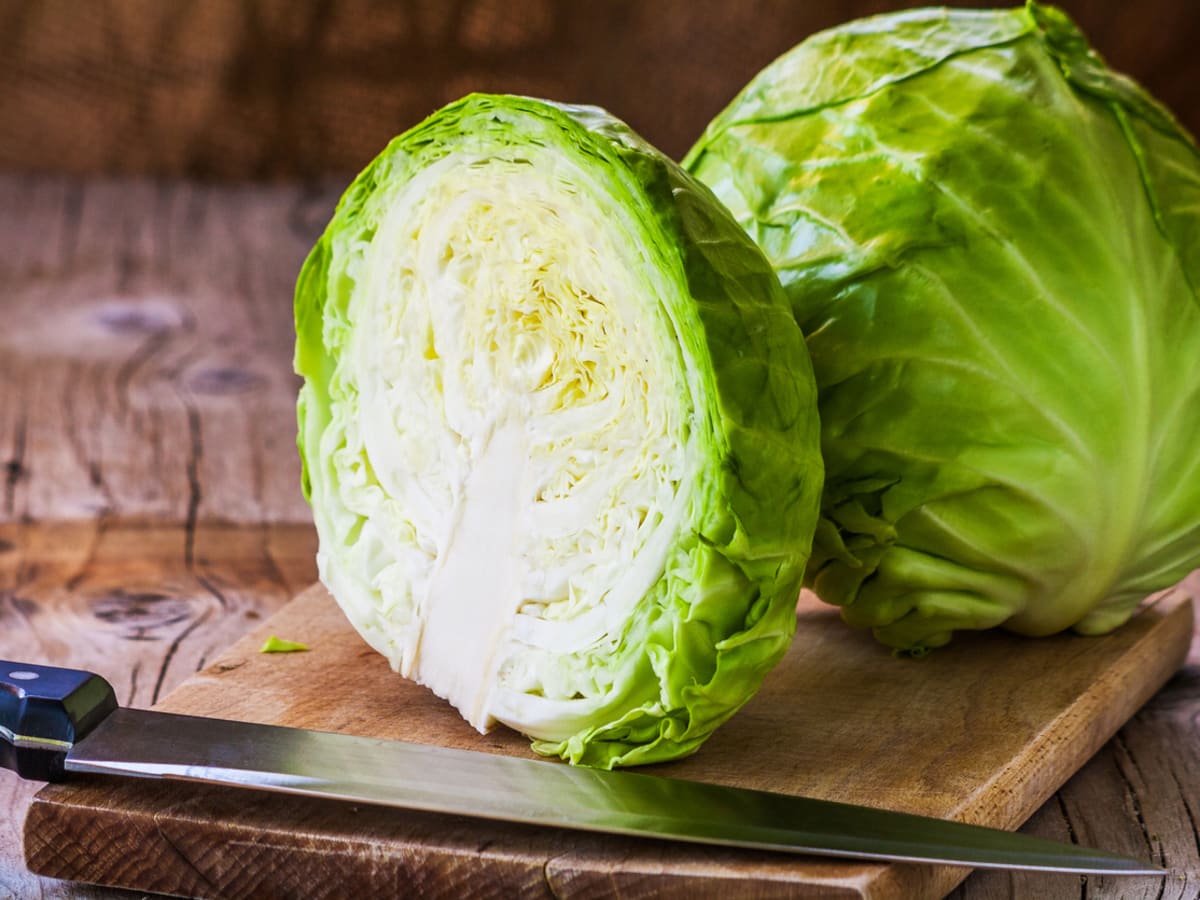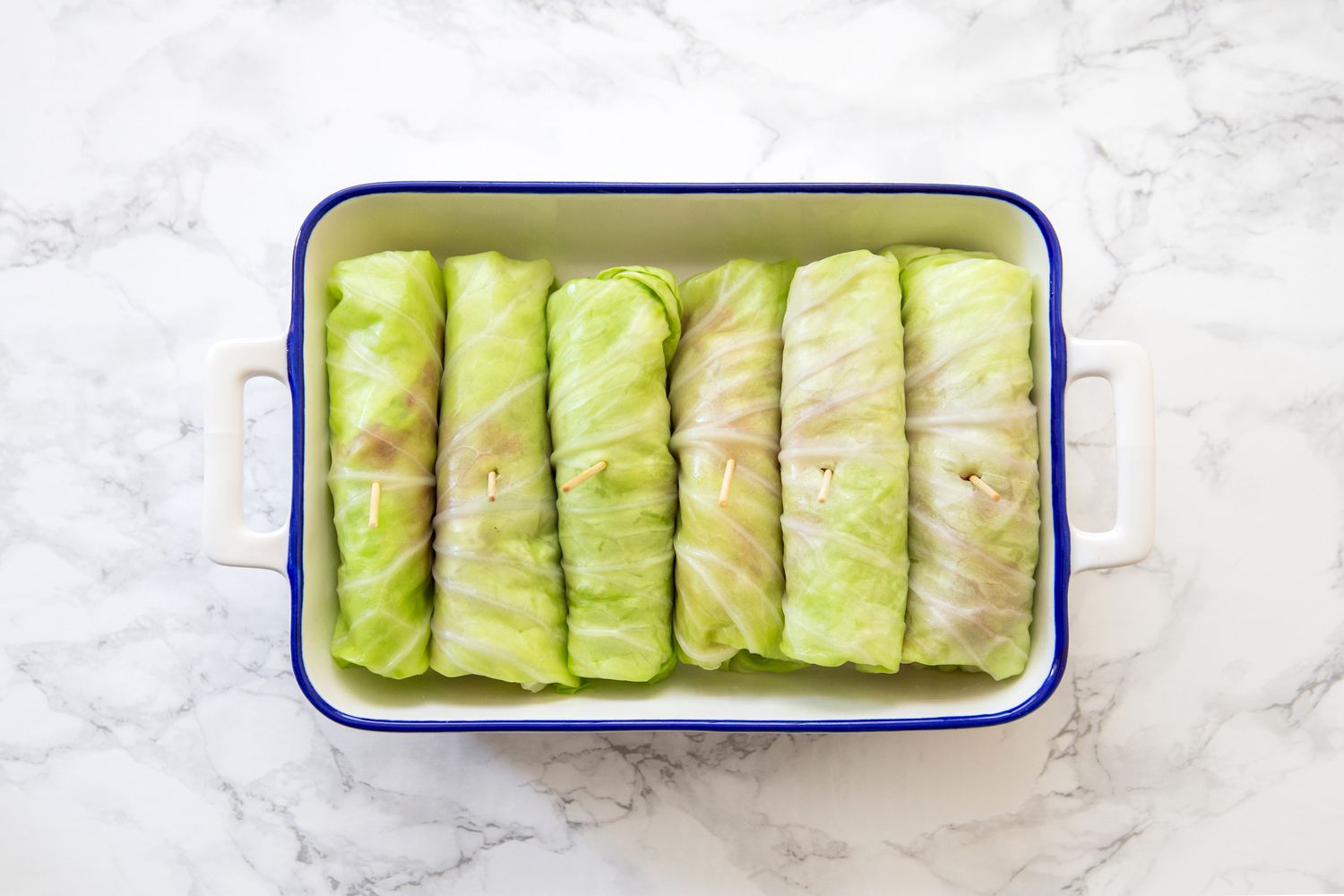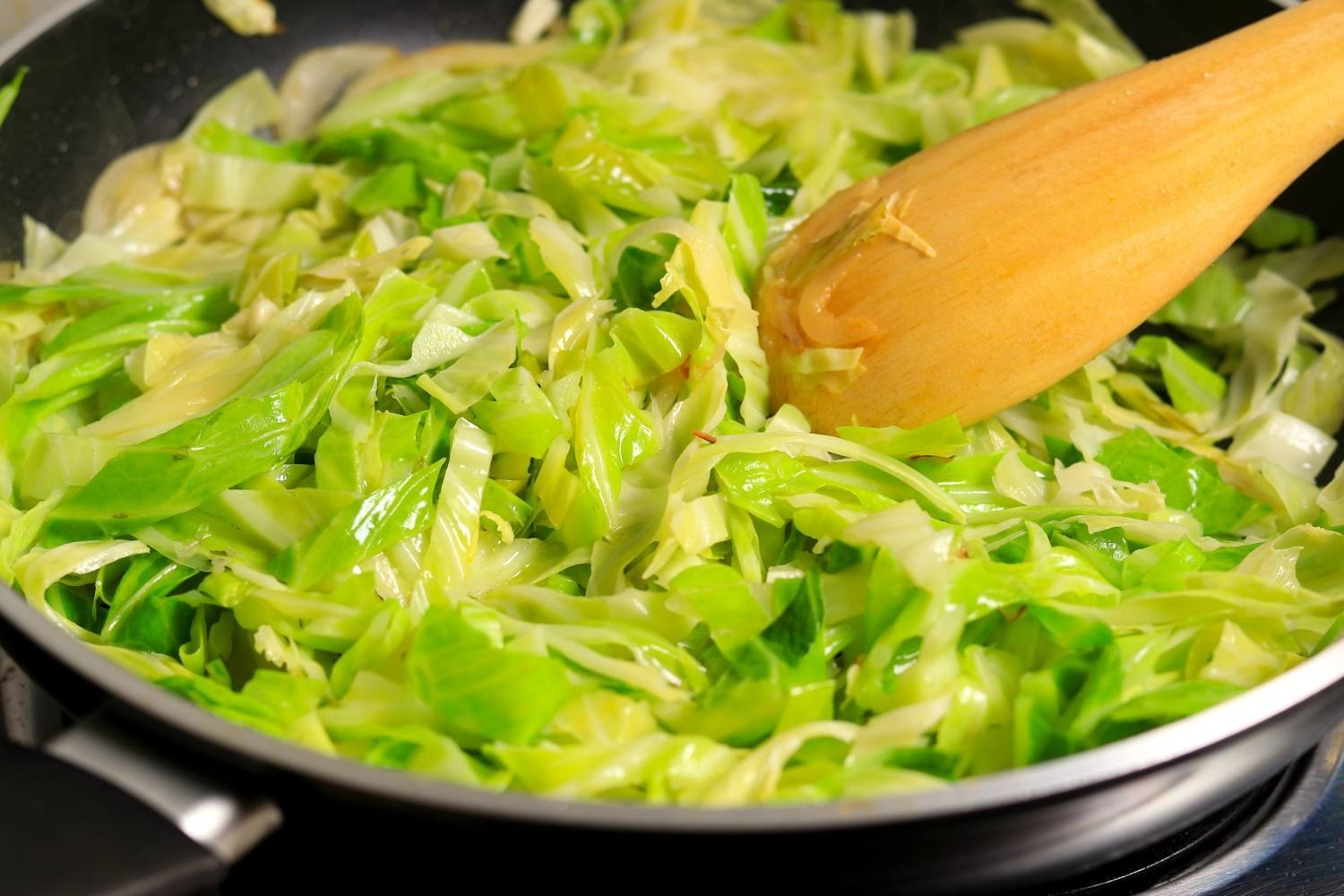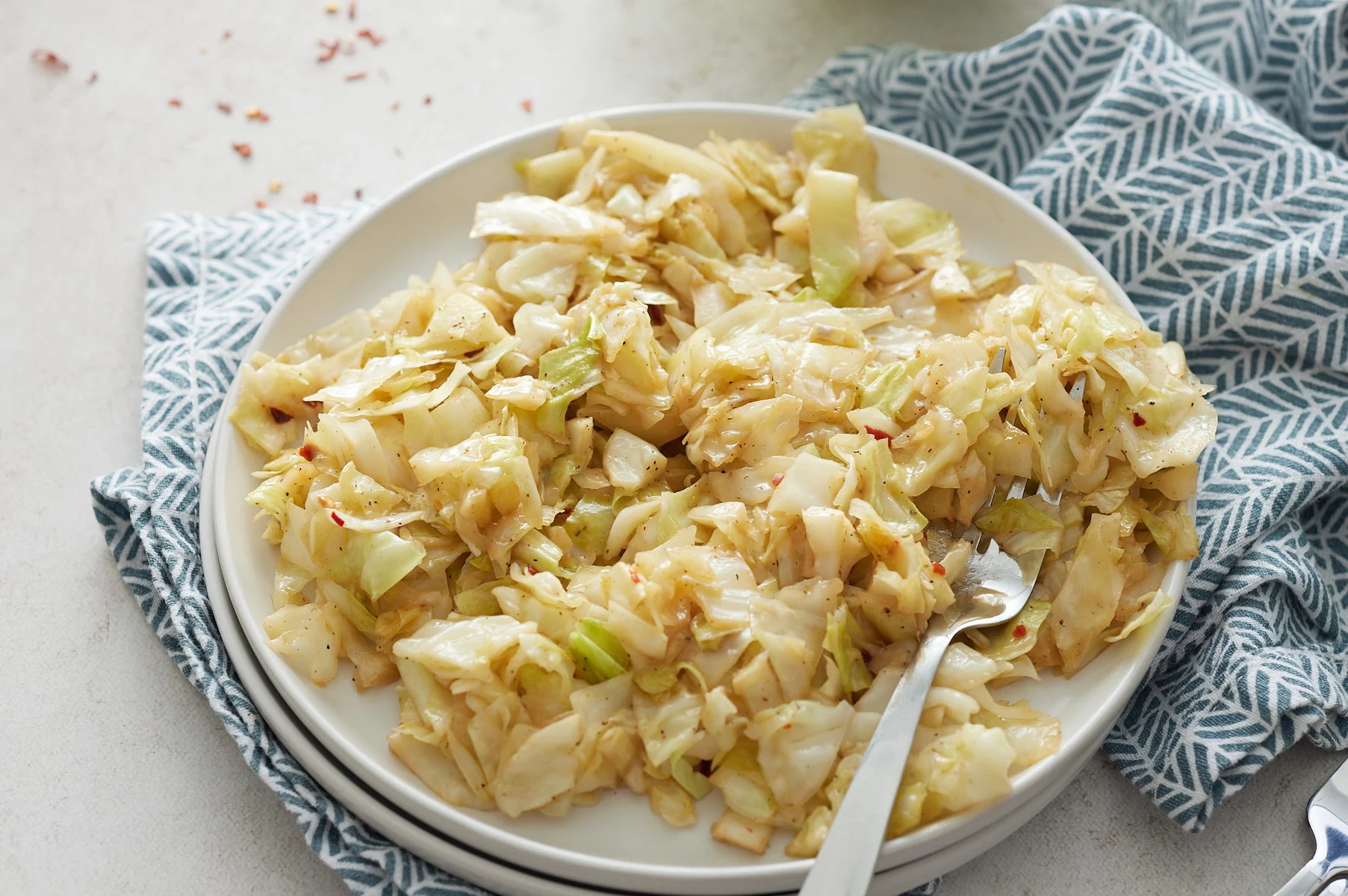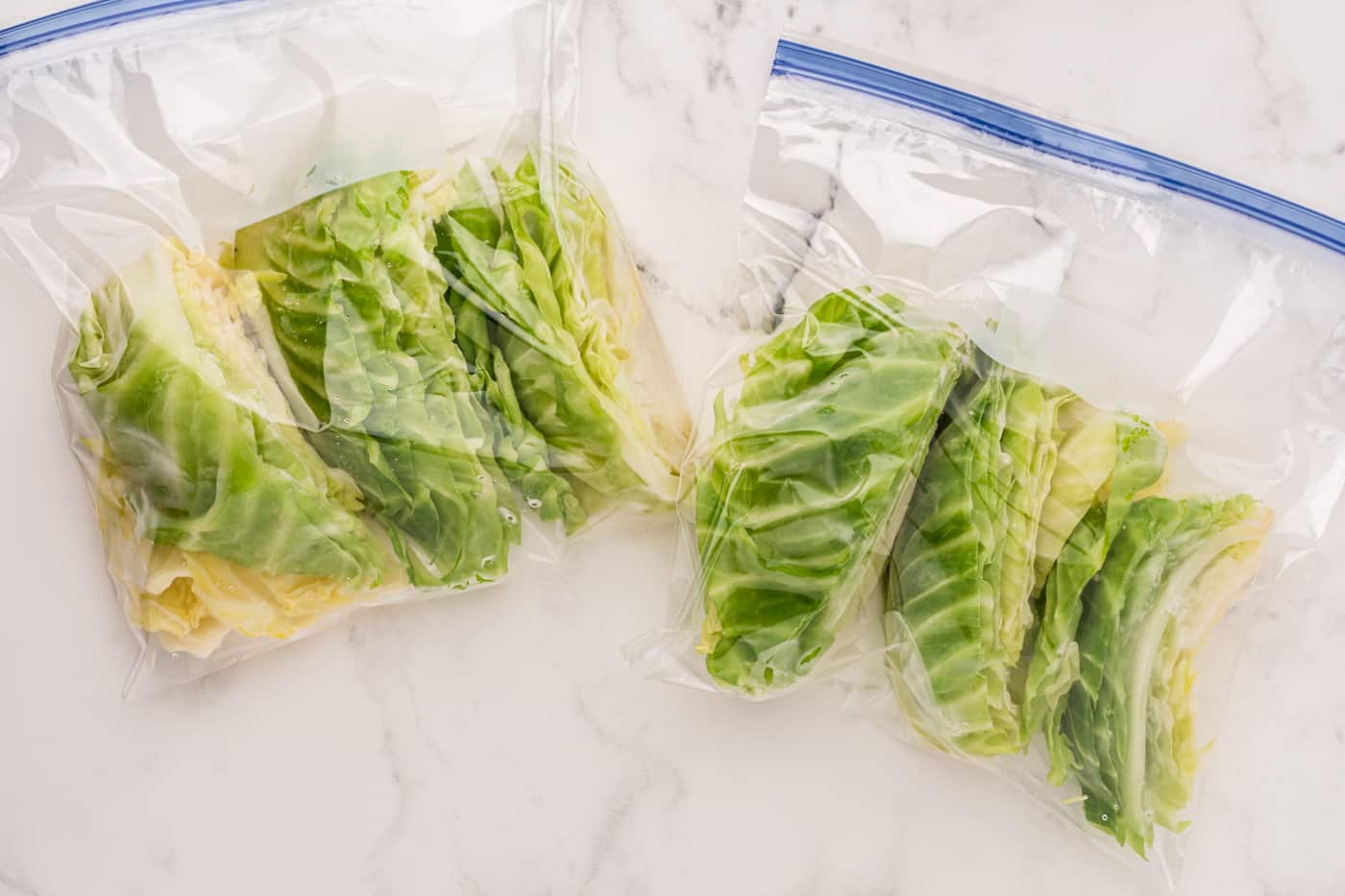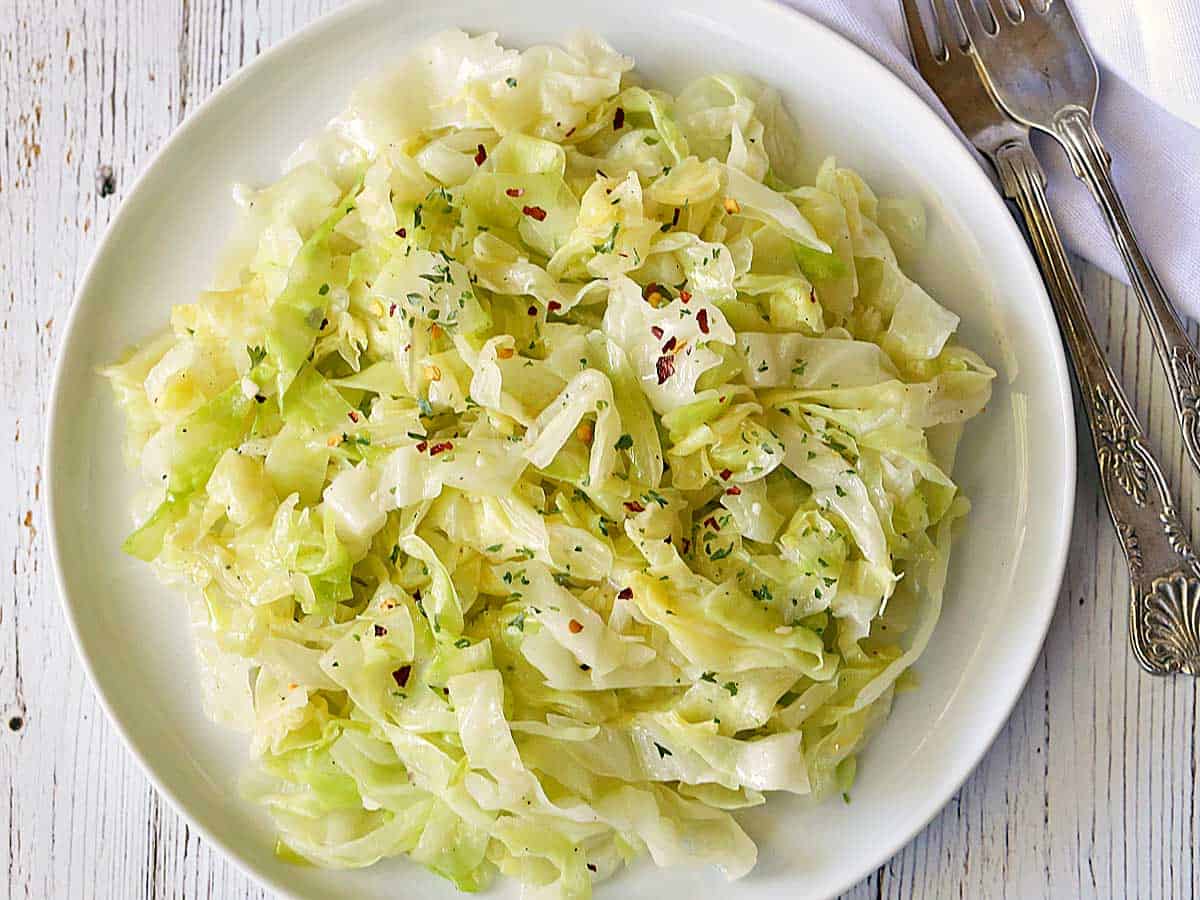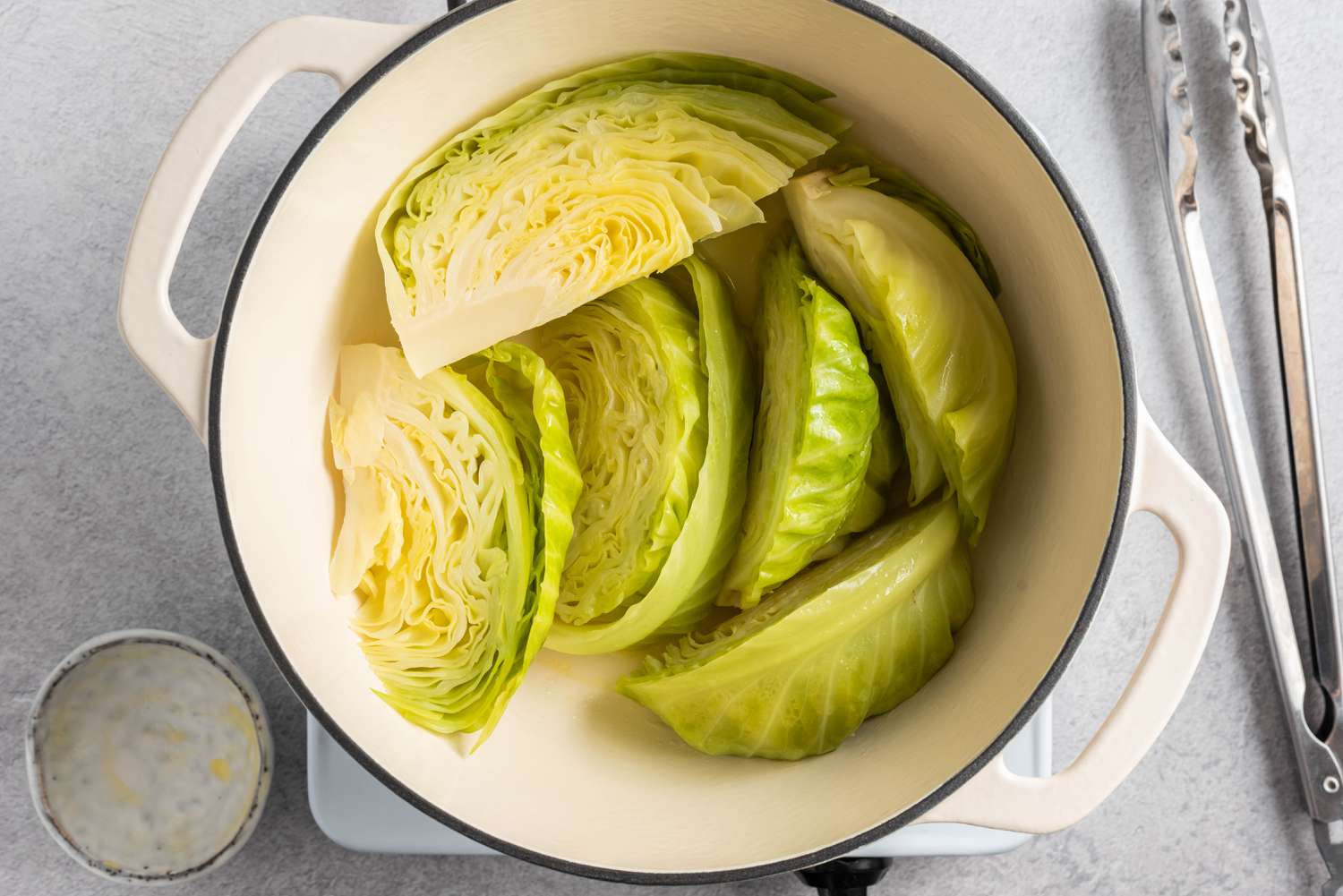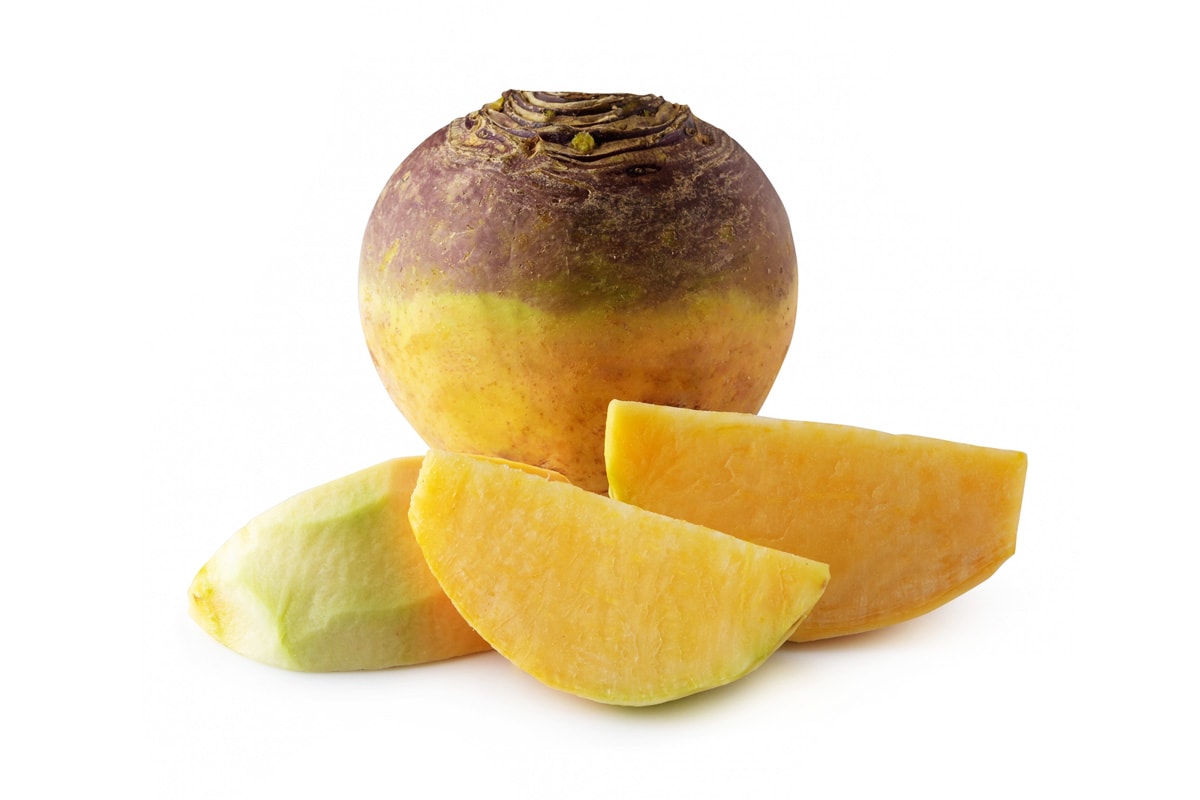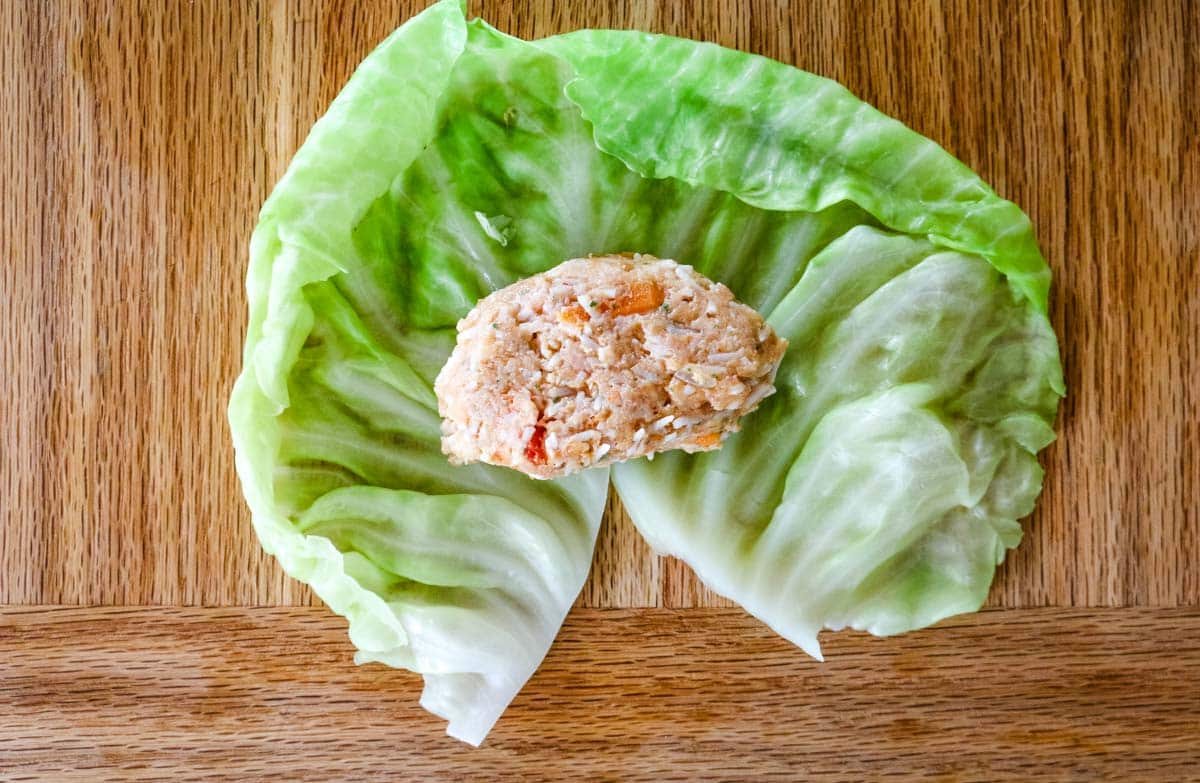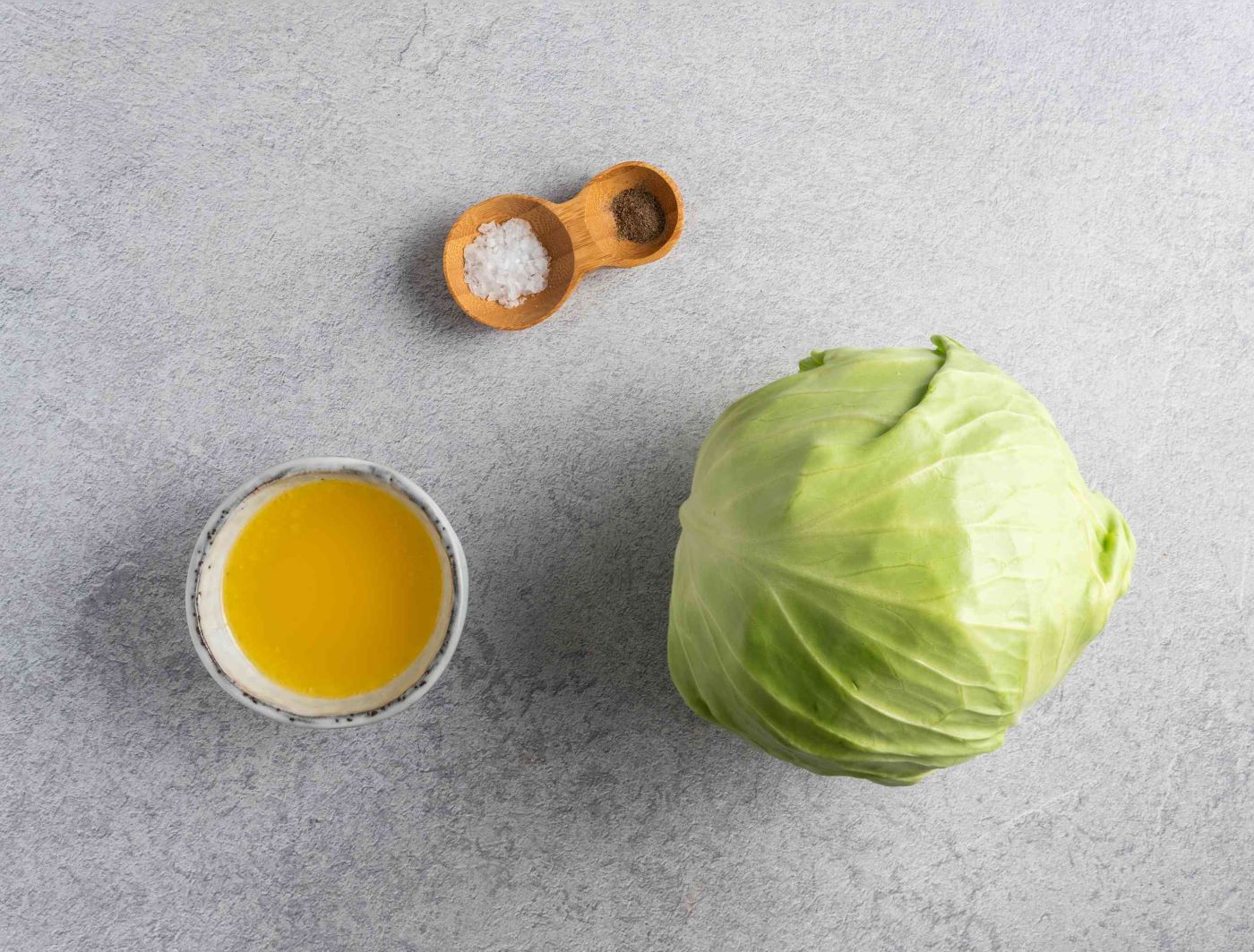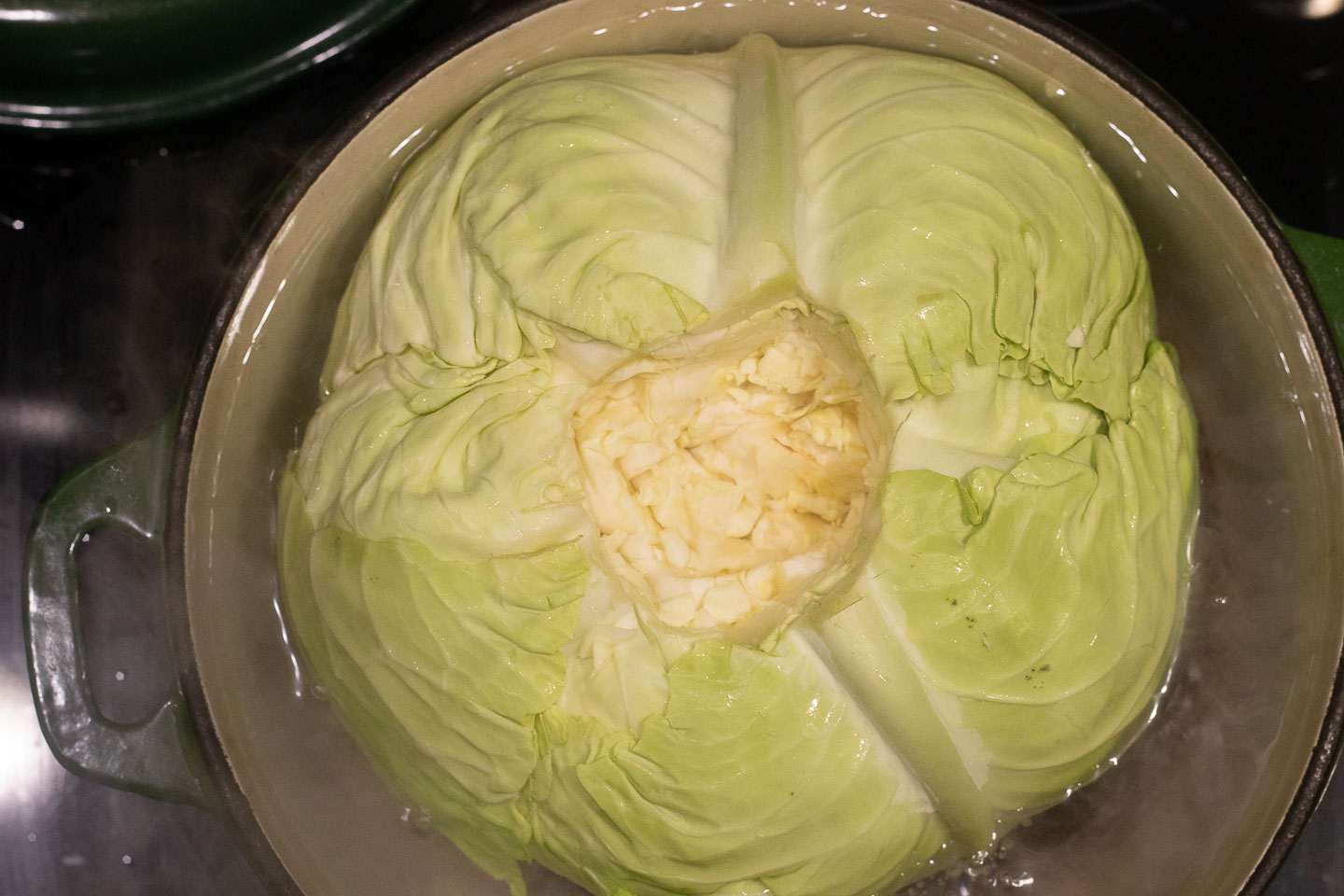Preserving Your Cabbage: A Guide to Blanching and Freezing
So, you’ve got a surplus of cabbage and you’re wondering how to make it last longer. Freezing is a great option, but did you know that blanching your cabbage before freezing can help it maintain its color, flavor, and nutritional value? In this guide, we’ll walk you through the simple process of blanching cabbage to freeze, so you can enjoy your harvest for months to come.
What You’ll Need:
- Large pot
- Water
- Ice
- Cabbage
- Sharp knife
- Colander
- Freezer bags or containers
Steps to Blanch and Freeze Cabbage:
- Prepare the Cabbage: Start by removing any damaged outer leaves from the cabbage. Rinse it under cold water to remove any dirt or debris.
- Cut the Cabbage: Use a sharp knife to cut the cabbage into wedges or shred it, depending on how you plan to use it in the future.
- Blanching: Fill a large pot with water and bring it to a boil. Once the water is boiling, carefully add the cabbage to the pot. Blanch the cabbage for 1-2 minutes, depending on the size of the pieces.
- Ice Bath: After blanching, use a slotted spoon to transfer the cabbage to a bowl of ice water. This will stop the cooking process and help the cabbage retain its color and texture.
- Drain and Dry: Once the cabbage has cooled in the ice bath, transfer it to a colander to drain. Shake off any excess water and pat the cabbage dry with a clean kitchen towel.
- Freezing: Divide the blanched and dried cabbage into portion sizes that make sense for your household. Place the cabbage into freezer bags or containers, removing as much air as possible before sealing.
- Label and Freeze: Don’t forget to label your freezer bags or containers with the date and contents before placing them in the freezer. This will help you keep track of how long the cabbage has been stored.
Tips for Success:
- Work Quickly: Once you start the blanching process, work efficiently to prevent the cabbage from overcooking.
- Use Fresh Cabbage: For the best results, blanch and freeze your cabbage as soon as possible after harvesting or purchasing.
- Leave Room for Expansion: When filling freezer bags or containers, leave a bit of room at the top to account for any expansion as the cabbage freezes.
- Thawing: When you're ready to use your frozen cabbage, simply remove it from the freezer and allow it to thaw in the refrigerator before cooking.
By following these simple steps, you can preserve your surplus cabbage and enjoy it in soups, stir-fries, and other dishes throughout the year. Blanching and freezing cabbage is a great way to reduce waste and ensure that you always have this versatile vegetable on hand.
So, don’t let your cabbage go to waste – give blanching and freezing a try and enjoy the taste of your garden-fresh cabbage all year long!
Was this page helpful?
Angajari Maseuze
Get your financial independence working in our team! Make your own money, choose your own work schedule that fits you the best. Because we want to offer our clients a quality experience, you will be taught how to offer a relaxing, body and sensual massage, which are customer loyalty techniques. We will also teach you special massage techniques with the clavicle, breasts, abdomen, buttocks, thighs, legs, and hands, so you can satisfy all your customers and become an excellent masseuse. This way, we offer you the chance that regardless of your experience, you can make money and have constant customers. The courses are done with exclusively female staff. If you want to have substantial earnings, to work in a legal, elegant and friendly environment, you are welcome in our team!
